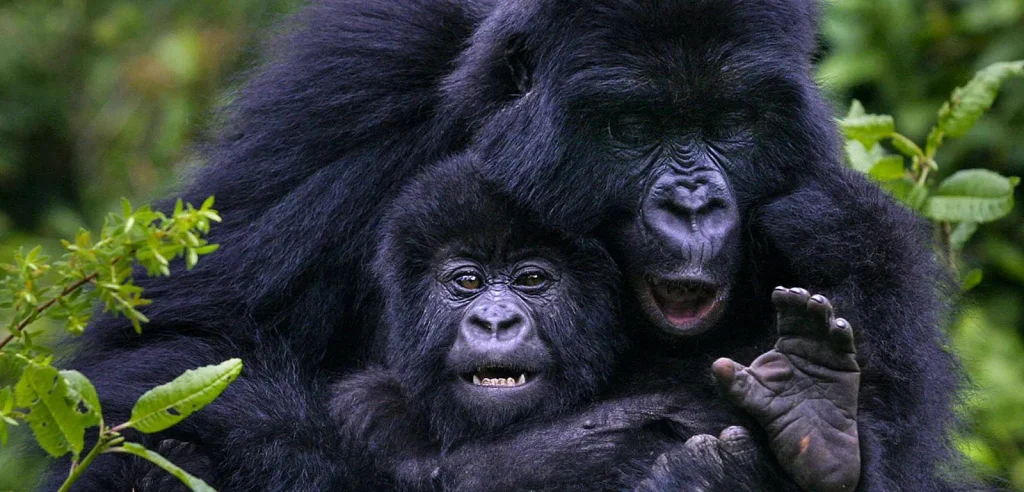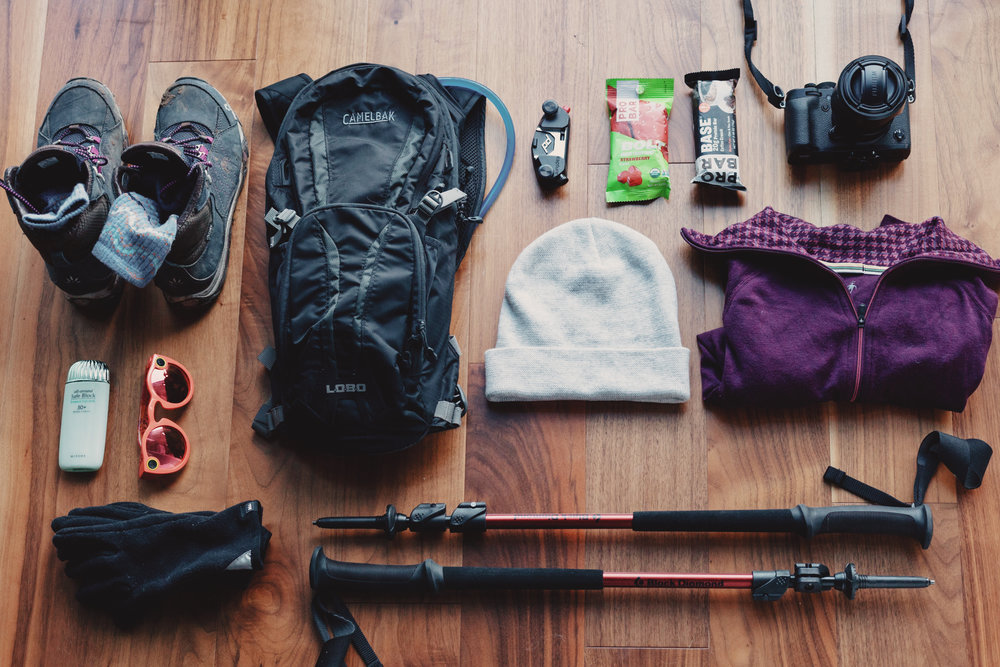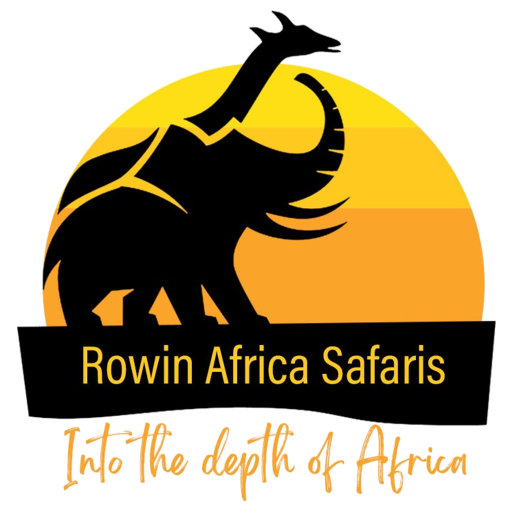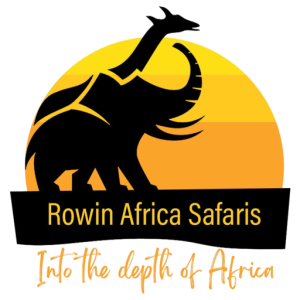Everything You Need To Know About Gorilla Trekking in Rwanda: Gorilla trekking is one of the ultimate wildlife encounters in the world and best done in Rwanda’s Volcanoes National Park.
This blog details everything you need to know about gorilla trekking in Rwanda.
What Time of Year is Best for Gorilla Trekking?
Gorilla trekking in Rwanda occurs year-round, but the drier seasons are a bit easier for trekkers. The dry season extends from December to early March and occurs again between June and September. While it is warmer during the dry season, there is also significantly less mud and rain, making your hours of hiking a bit more enjoyable.
The dry season in Rwanda coincides with the Peak Trekking season, this means higher prices for everything from lodges to flights.
Visas
Any travelers intending to visit Rwanda for gorilla trekking will require a visa to enter the country of Rwanda. You can obtain your 30-day Visa upon arrival at the airport. If you prefer to get you Visa in advance to expedite your entry, you can apply and pay online on the government’s website. For travelers in a group, one of the members can apply for all of the visas by adding everyone as additional travelers.
Vaccines
It is crucial to be up-to-date on your MMR, diphtheria-tetanus-pertussis, chickenpox, and polio vaccines for any of your travel. The CDC also recommended Hepatitis A and Typhoid Vaccines, as well as taking malaria pills. Travelers who may come in close contact with bodily fluids (from a tattoo, iercing, medical procedure and sexual partner among others) should get a Hepatitis B Vaccine.
It is worth noting that the CDC does not recommend a yellow fever vaccine for travel to Rwanda, but the Rwanda Government requires proof of a yellow fever vaccine if you are travelling from a country at risk or with an active yellow fever outbreak.

How To Get There
Fly into Kigali International Airport, which services the capital of Rwanda and its largest city, Kigali. From here, it is a drive of about 2.5 hours to Musanze, previously known as Ruhengeri, which is where the park headquarters and entrance is located. Volcanoes National Park is found in Northern Rwanda bordering Virunga National Park in Democratic Republic of Congo and Mgahinga Gorilla National Park in Uganda and thus share Virunga Volcanoes and mountain gorillas with these countries.
You will need to be at the park entrance in Kinigi by 7:00 am, so you will want to arrive at Kigali the day before your scheduled trek or wake up painfully early to make the drive that morning. It is advisable to use a Tour Operator or Local Agency which will provide you with transportation in a Private Vehicle.
If you have decided to drive on your own, you will need an international driver’s permit. Rwandans drive on the right-hand side of the road and are not permitted to use cell phones while driving.
Getting A Gorilla Permit & Hiring a Guide
If you book your safari through a local tour company, we book the gorilla permit for you. If you choose to get a permit on your own, you will want to get it several months before you visit by contacting The Rwanda Development Board, which is the tourism body within the Rwanda or applying online at The Rwanda Development Board Portal.
Note: only 96 permits per day are issued for gorilla trekking, so you will want to secure your permit as soon as you know your travel dates.
The gorilla trekking permit costs $1500 per person, but you can get a discount of 30% if you plan to visit other Rwanda National Parks for 3 days or more on the same trip such as Akagera National Park and Nyungwe Forest National Park.
What To Expect
You will have to assemble for your trip by 7:00 am at the Kingi Park Headquarters for a briefing before driving to the starting point of the trek. While you are waiting, enjoy a delicious complimentary coffee and watch a brief informational video about Rwanda’s parks.
At the headquarters, you will receive your guide, trackers, and gorilla family. Your guide will provide a briefing about the gorillas, the park, and how to behave while viewing the gorillas (don’t stare at them or touch them among others). Groups range from 2 to 8 people, so if you are traveling with fewer than 8 people, expect to be paired with a few new friends.
Once you have finished your briefing, you will want to use the restroom one last time and then load up into vehicles to drive to the start of the hike, about 15 minutes away. The trackers go up a head of you to check on the status of your assigned gorilla family, while your guide stays with you and leads you to the gorillas.
The trek lasts between 8:30 am and 7:00 pm depending on how far into the park your assigned gorilla family is located. Treks can last anywhere from an hour to 6 hours roundtrip, which is something to considered when planning anything for the evening after your trek.
If there is someone in your group who is not physically able to make a longer hike, it is worth telling your guide this information as far in advance as possible. The park will try to give closer families to visitors who cannot make it on a longer trek.
Caution: for anyone traveling with children, it is important to note that visitors under the age of 15 will not be permitted to trek to the mountain gorillas.
While the difficult of the hike greatly depends on the length, it is worth noting that it is fairly uphill because you are hiking up a volcano, into cloud forest. The forest can be quite dene, which means occasionally squeezing through small openings in the vegetation. The vertical terrain means a change in elevation, thus contributing to shortness of breath, the lush growth also means that the sun doesn’t reach the group consistently in some areas, so they remain fairly muddy and thus, hard to hike through. Your guide will offer you a walking stick at the base of the hike, it is really important to navigate the muddy parts of the trail. At first it might seem unnecessary, but it quickly becomes helpful for testing the depth of the muddy patches before committing.
Once you are close to your gorilla family, your guide will begin to call them and listen for responses. As you approach, you will be asked to whisper and leave anything you don’t need to photography them behind. You will approach slowly and quietly, following your guide and then settle into an area a few dozen feet away from them and spend a glorious hour watching them eat, play, sleep and interact.
What Kind Of Animals Will I See?
When you head out on this gorilla trekking adventure, you are in search of mountain gorillas, which cannot live in captivity at low altitudes, making them extremely difficult to view outside of their natural habitat. The Male gorilla can weight over 400 Ibs (181 kg) and are not considered silverbacks until they are in their teens and begin to show the silver patch on their mid back for which they are named.
In addition to the mountain gorillas, the park is home to golden monkeys, elephants, hyenas, numerous bird species, and bushbuck.
What To Wear
Gorilla Trekking can involve a rather strenuous hike that is if you don’t have even the smallest level of fitness, especially considering that it could be several hours uphill. I would recommend waterproof hiking boots with ankle support or galoshes, which is what your guide will wear. If you don’t have appropriate footwear, you can also rent galoshes/rain boots at the park headquarters during your initial assembly and briefing for only a few dollars.
In addition to sturdy footwear, you will want to wear long socks and thick pants, such as jeans, to prevent bites from bugs and pricks from sharp plants along the trails, such as stinging nettles.

You will need to pack gardening gloves to prevent inadvertently grabbing onto a stinging nettle with your bare hands and a raincoat that can get muddy for sudden showers. Wear a thing long-sleeved shirt for coverage, as well as a hat to protect you from sun and rain.
Put on sunscreen and insect repellant in the morning before putting on your clothes to ensure complete coverage. You would be surprised how sunny it is in the open areas of the hike and how buggy it can be in the thicker vegetation.
What Items To Bring
The most important item to carry is a small waterproof bag, ideally a backpack. If your bag isn’t waterproof, consider packing up a plastic cover from an outdoor supply store, which stretches over the top. Some lodges such as The Bishop’s House, provide a backpack for day use for their guests.
Inside the bag, you will want to pack about 30 ounces of water, snacks, sunscreen, bug repellant, chapstick, your rain jacket, your gardening gloves, your camera gear, and a change of flip-flops for after the hike. Also pack an extra water bottle.


